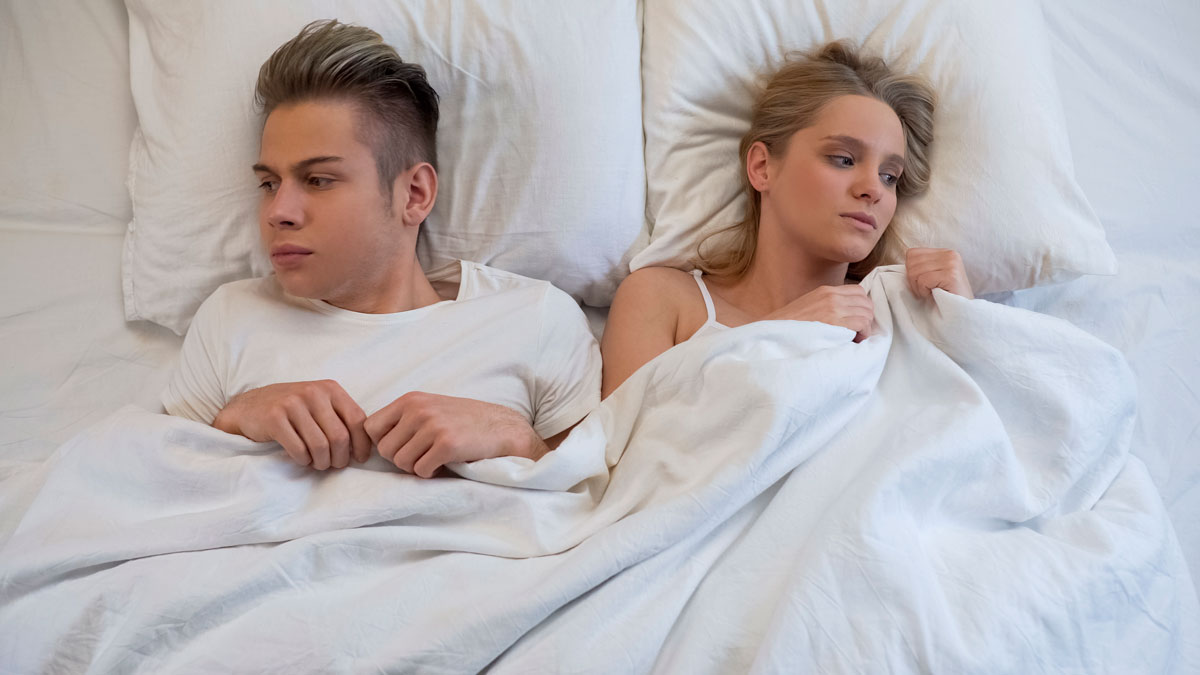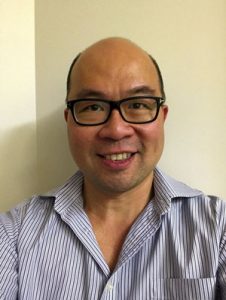 Sexual dysfunction is common in both men and women. When it comes to exploring sexual dysfunction, most clinicians can identify the man’s sexual dysfunction problems. In females, this subject is not greatly understood and knowledge is lacking. Testosterone in women is clearly beneficial in HSDD and the currently available 1% transdermal preparation is safe and easy to use. More data is needed to assess long-term side effects of testosterone in women.
Sexual dysfunction is common in both men and women. When it comes to exploring sexual dysfunction, most clinicians can identify the man’s sexual dysfunction problems. In females, this subject is not greatly understood and knowledge is lacking. Testosterone in women is clearly beneficial in HSDD and the currently available 1% transdermal preparation is safe and easy to use. More data is needed to assess long-term side effects of testosterone in women.
Background
Female sexual dysfunction includes low libido, loss of interest, painful intercourse, orgasmic disorder and lubrication problems. An estimated 40% of premenopausal females have sexual dysfunction.

Hypoactive sexual desire disorder (HSDD) is a diagnosis where a low or loss of desire is associated with personal distress. This can occur in both premenopausal and postmenopausal (prevalence 10-14%) women.
The lack of sexual satisfaction can greatly impact the general wellbeing of the woman. Most women believe an active sex life is important and this can lead to better emotional satisfaction. On the other hand, lack of sexual activity is associated with decreased quality of life, which in turn affects their mental, physical and emotional wellbeing. Women sometimes engage in sexual activity despite having a loss of interest in sex.
Sexual function in a woman is complex and the aetiology can be multifactorial. One factor may be a contributory is low androgen state and treating the low level deserves merit especially in the diagnosis of HSDD.
Testosterone supplementation
Testosterone, an essential hormone for the wellbeing of a man, is equally important for a woman. Many studies of testosterone are conducted in men and studies in women alone, or even comparing to men are lacking.
Testosterone is not only important in maintaining sexual function but it also has positive effects on cardiovascular, cognitive and musculoskeletal health. In women, most testosterone comes from the ovaries and the rest from the adrenals.
Many randomised controlled trials indicate that testosterone therapy is effective as a treatment for HSDD in postmenopausal females. There are two small studies indicating the same benefit in premenopausal females with HSDD.
Most testosterone therapy is not licenced for use in women. Women require less testosterone compared to a man. Transdermal testosterone patches and implants were popular for women but are no longer available in most countries – instead, many physicians use compounded testosterone and off-label male testosterone prescriptions which is not ideal.
The drawback is that some compounded testosterone has not been clinically evaluated for safety and efficacy. In Australia, the only licenced testosterone formulation for women is 1% transdermal testosterone cream (Andro-Feme). Studies have shown that it is efficacious in treating HSDD and an improvement in libido and quality of life was noted. The standard dose is usually 10mg daily (applied to the lower torso or upper thigh) but this can be decreased to 5mg if needed – improvement in symptoms can take up to 3 months and side effects are minimal.
References available on request.
Questions? Contact the editor.
Author competing interests: nil relevant disclosures.
Disclaimer: Please note, this website is not a substitute for independent professional advice. Nothing contained in this website is intended to be used as medical advice and it is not intended to be used to diagnose, treat, cure or prevent any disease, nor should it be used for therapeutic purposes or as a substitute for your own health professional’s advice. Opinions expressed at this website do not necessarily reflect those of Medical Forum magazine. Medical Forum makes no warranties about any of the content of this website, nor any representations or undertakings about any content of any other website referred to, or accessible, through this website.

